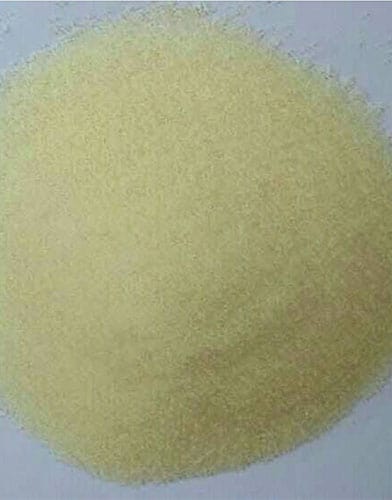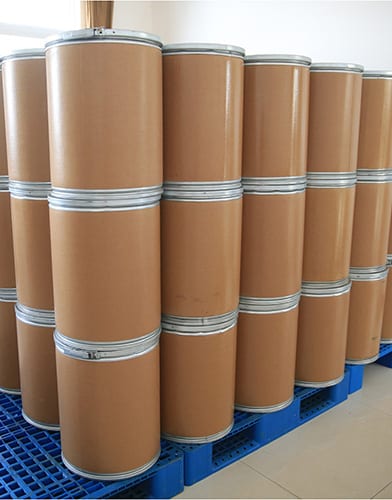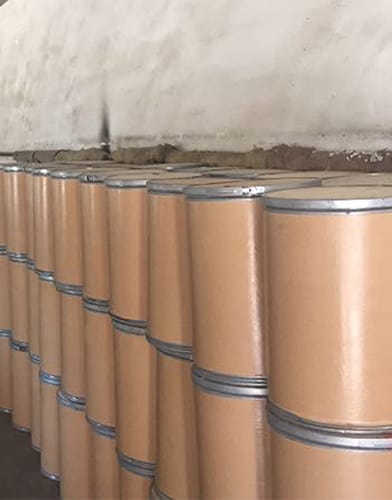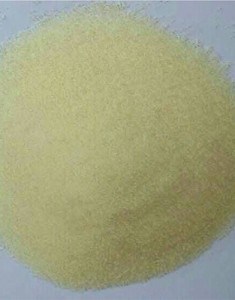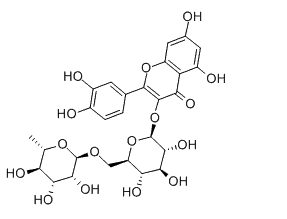Description
Rutin
Rutin Quick Details
INCI Name: Rutin
CAS No.:153-18-4
Other names: Rutoside; Vitamin P
Grade:NF11;EP8;DAB10
Molecular formula: C27H30O16
EINECS No.:205-814-1
Rutin Typical Properties
| Items | Standard (NF11) |
| Appearance | Yellow to greenish-yellow powder |
| Identification | Chemical reaction: Must positive |
| Particle Size | NLT 95% pass 60 mesh |
| Loss on Drying | 5.5%~9.0% |
| Sulphated Ash | ≤0.5% |
| Chlorophyll | ≤0.004% |
| Quercetin | ≤5.0% |
| Red Pigments | ≤0.004% |
| Heavy Metals | ≤10ppm |
| Assay (on dried basis) | 95.0%~102.0% |
| Total Plate Count | ≤1000cfu/g |
| Yeast & Mould | ≤100cfu/g |
| E.Coli | Negative |
| Salmonella | Negative |
Rutin Application
1. Rutin is extracted from the flower buds and fruits of legumes such as glutinous rice. It is a flavonoid compound, also known as vitamin P. It has a contractile effect on capillaries and has been used as a hemostatic agent since ancient times. It also has a good effect on the prevention of lifestyle-related diseases such as heart disease, arteriosclerosis and hypertension.
2. In addition, rutin has a certain effect on promoting the absorption of vitamin C and preventing skin aging.
3. In addition to its use in pharmaceuticals, it is also widely used in food additives, antioxidants, and cosmetic raw materials.
4. Rutin is used as an antioxidant in cosmetics. This ingredient acts as a free radical and anti-aging agent.
Rutin Packaging and Shipping
25KG/ fiber drum
Rutin Storage
Attention to avoid light, sealed, moisture-proof preservation.Shelf life:two years.

